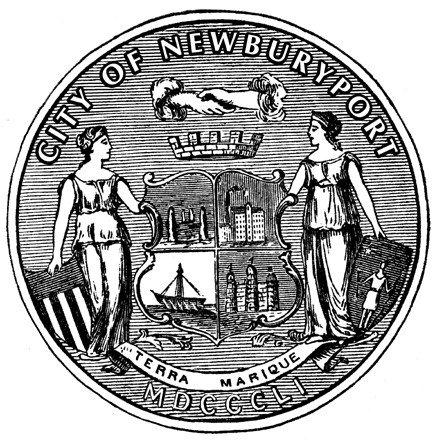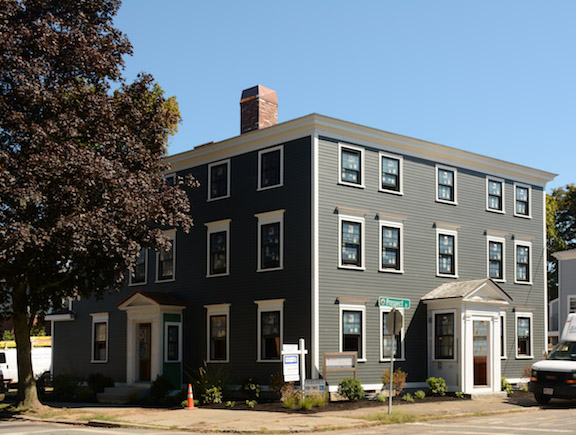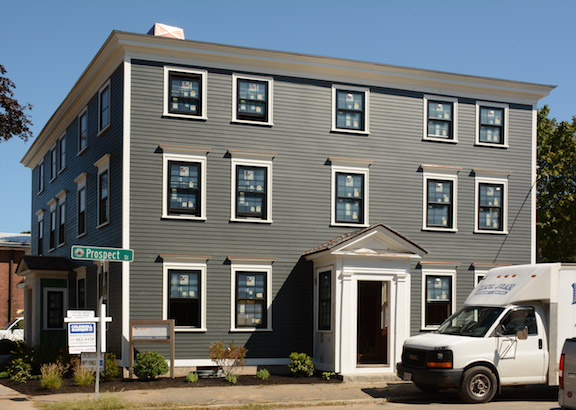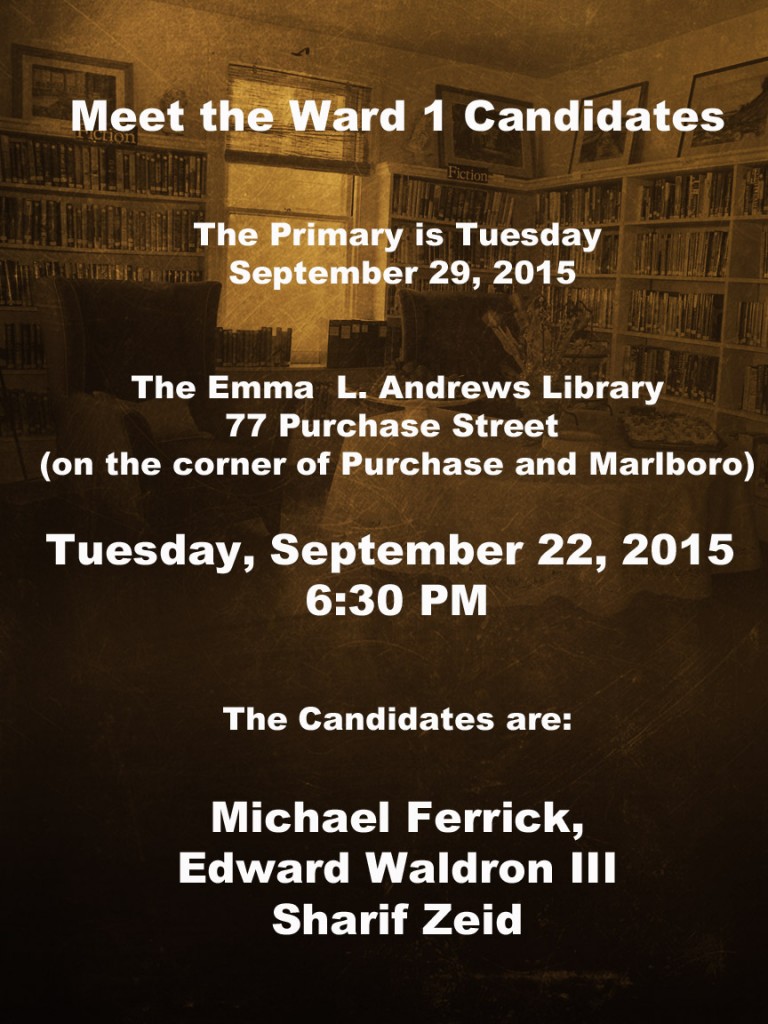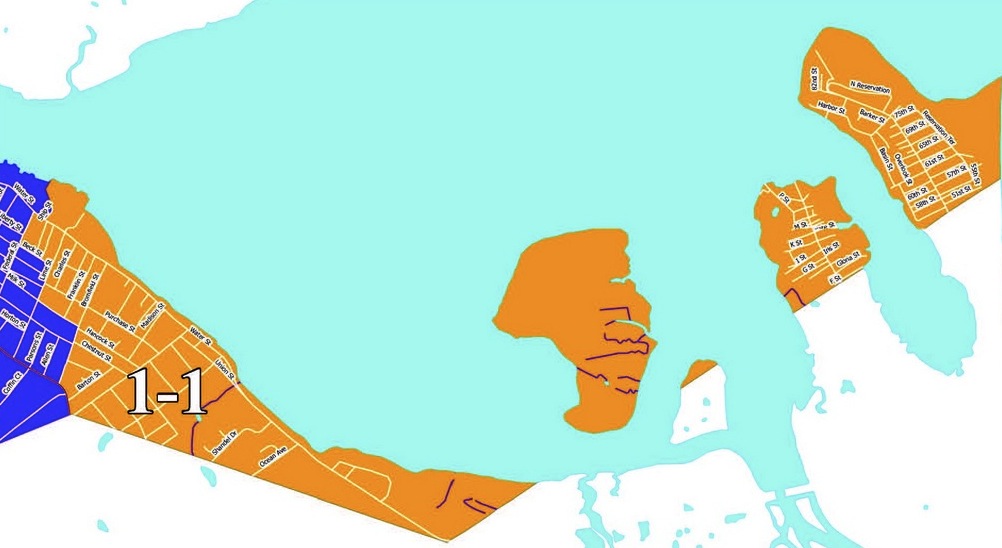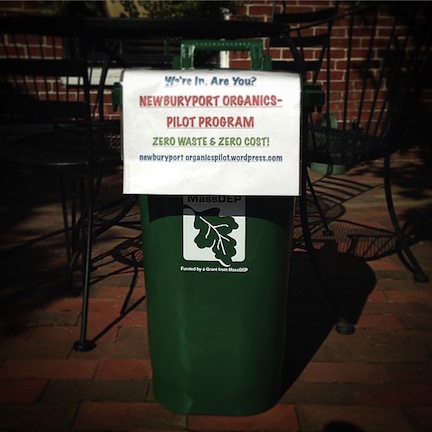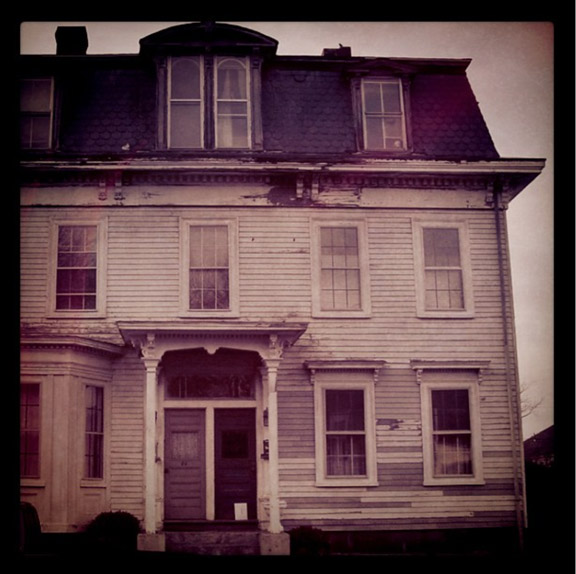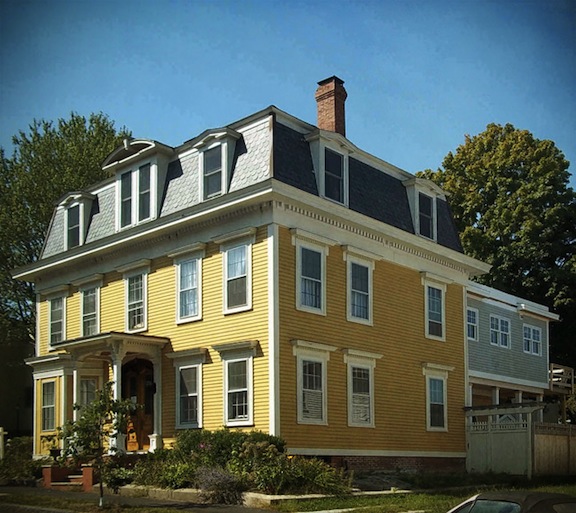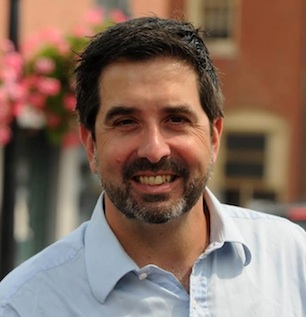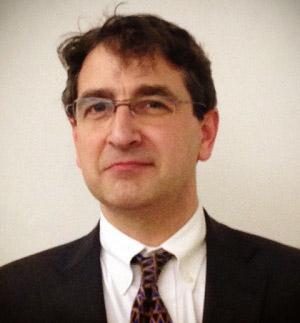When Newburyport’s 40R Smart Growth District passed on the second reading by the Newburyport City Council on Monday night, I had sort of a sinking feeling, a slight feeling of foreboding. Not necessarily because I think it might not work, and that really smart people, who care a great deal about our city, did their very best to create it over an 11 year period. My guess is that as a city we will “Slouch towards the 40R Smart Growth District” over the next couple of decades, parts of it working, parts of it sort of working and parts of it, not so much. 10-20 years from now, the city will have some idea if this was the “best of ideas,” or the “worst of ideas,” or something inbetween.
(And for all of you who are up in arms about the 40R District, the next actual concrete thing on the Smart Growth 40R docket, is when the Minco building comes up in front of the Planning Board for review (which is probably pretty soon) — if you cared enough to sign a petition about the 40R, please be there and speak up about it!!)
My foreboding, as I think and mull on it, is the feeling of “backlash” and “hysteria,” about what this project represents to I would say to a good 85% of the people that I talked to. What I hear over and over and over again, is that there is so much happening in the civics/political world of Newburyport, the Smart Growth 40R District being the most recent, that people feel overwhelmed by it all and feel that things are out of control. And they feel this very, very strongly. Notice the use of the verb “feel.” As a friend of mine says, “Feelings are not facts.” But, when it comes to the world of local politics, especially 4 weeks out from an election for Newburyport City Council (see earlier post for the candidates), the feeling/fact thing is important, and could (we will find out) be a motivating factor in the election.
When I talked to people yesterday and the days before that, yesterday being the primary election for Ward 1, one of the major things on folks’ minds, aside for the smell from the Water and Sewer Plant, you got it, the 40R Smart Growth District. And who did they vote for (I am sure there are many other reasons as well, I’m not saying that this is the only one), they voted for Sharif Zeid , an incredibly bright and engaging young man, who at the Ward 1 Meet and Greet, talked very eloquently about his reservations about the size of the 40R District. I was sitting at the back of the room at the Emma Andrews Library and Community Center, and you could almost see peoples’ heads going up and down in agreement.
(Just as a btw, the fact that a mere 10% of the voting population showed up to vote in the Ward 1 Primary for City Council is a bit discouraging, voting is a privilege, and who you vote for has consequences.)
This upcoming City Council election on Tuesday, November 3, 2015 is important for all sorts of reasons. Be sure to vote. Make sure to vote with your head and your heart, and not with your panic button.
And as a PS
Ward 1 Primary Election Results
Sharif Zeid 143, Ted Waldron 98, Mike Ferrick 33
Mainland: Sharif Zeid 130, Ted Waldron 65
Plum Island: Sharif Zeid 13, Ted Waldron 33
